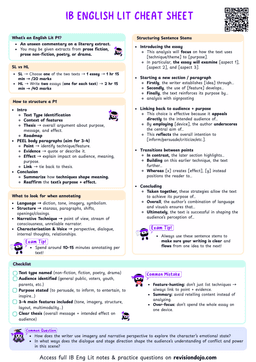Gaze and Focalization Is About Who Sees The Story
Gaze
Gaze is the narrative vantage point: who sees the action, and how much they know. It determines what the reader experiences and whose lens we’re looking through.
- Writers use gaze to direct our empathy, build tension, and shape how much we trust what we’re told.
- It includes internal/external focalization and shifts in perspective.
- Think of a camera
- Zoomed in on one person’s mind? That’s internal focalization.
- Only showing actions, not thoughts? That’s external.
- A bird’s-eye view of everyone and everything? That’s zero focalization.
Gaze is closely related to point of view but focuses more on who is perceiving the action rather than who is telling the story.
Why Gaze Matters
- Gaze affects how we interpret the story emotionally and intellectually:
- Empathy: When we’re inside a character’s mind, we feel what they feel.
- Suspense: When we don’t know what a character is thinking, it creates tension.
- Irony: When we know more than the character, it builds dramatic irony.
- "She watched him from the window, unaware he could see her reflection,"
- External focalization with a hidden reflection builds dramatic tension between what the character perceives and what actually occurs.
Types of Focalization
| Type | Description | Effect | Example |
|---|---|---|---|
| Internal Focalization | Narration is limited to a character’s thoughts and feelings. | Builds deep emotional connection. | “She stared at the door, heart pounding, praying he wouldn’t come in.” |
| External Focalization | Only describes what can be observed externally, no access to inner thoughts. | Builds mystery and objectivity. | “She sat still, eyes fixed on the door. Her hands trembled in her lap.” |
| Zero Focalization | The narrator knows and reveals everything. | Allows for multiple viewpoints and dramatic irony. | “She didn’t know he was already behind the door, waiting.” |


